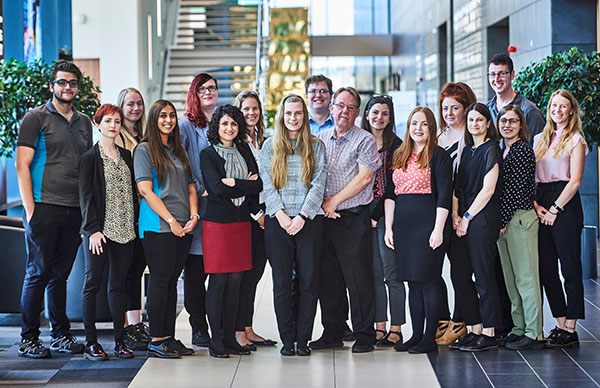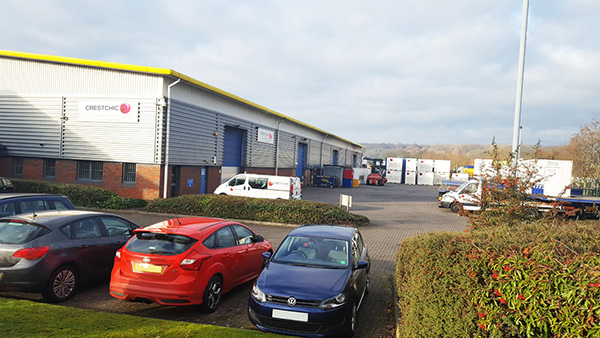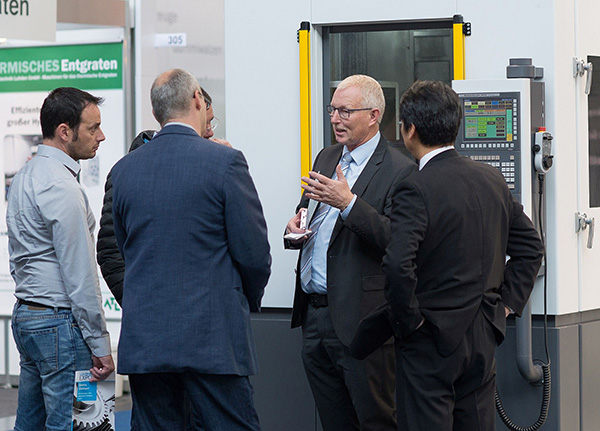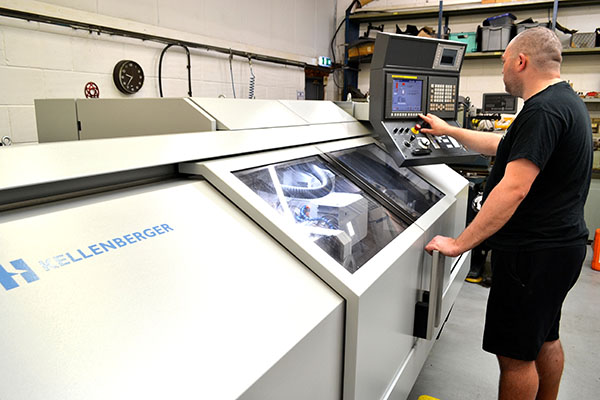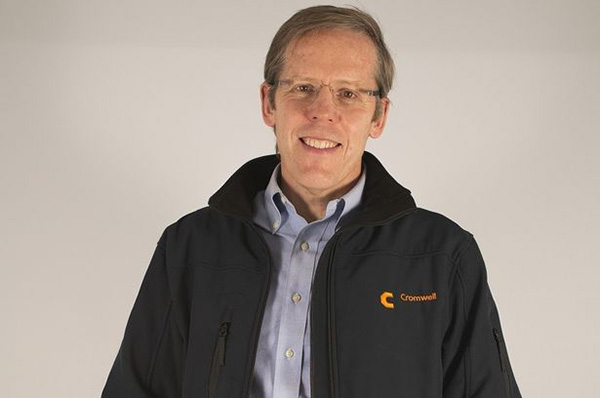
Production engineers interested in the latest deburring and precision surface finishing technologies, should register for DeburringExpo 2021, which will take place at the Karlsruhe Exhibition Centre in Germany on 12-14 October. With theme parks covering ‘cleaning after deburring’, ‘automated deburring with industrial robots’ and ‘AM parts finishing’, highly topical issues will also be addressed at the 4th edition of this trade fair. An expert forum will offer information concerning the latest trends and developments, as well as practical solutions.
Demand is rising in sectors such as machine building, medical, pharmaceutical, toolmaking, metrology, precision engineering, sensor and drive technology, and automotive. Among other factors, export markets are also driving this trend. As a result, investments put on hold last year are back on the agenda once again.
Issues such as deburring, edge rounding and the production of precision surface finishes also play an important role in this regard. In some cases it is increasingly necessary to meet stricter as well as changing requirements during the manufacturing and reconditioning of products.
As the only technology platform for deburring, chamfering and the production of precision surface finishes, DeburringEXPO provides a complete overview of current production developments, trends, processes and methods, as well as quality assurance solutions and associated services.
The integrated three-day expert forum at DeburringEXPO is also in demand as a source of knowledge. Solutions for actual applications, as well as current developments, trends and future strategies, will be a central focus at the simultaneously interpreted presentations (German <> English).
For further information
www.deburring-expo.com







